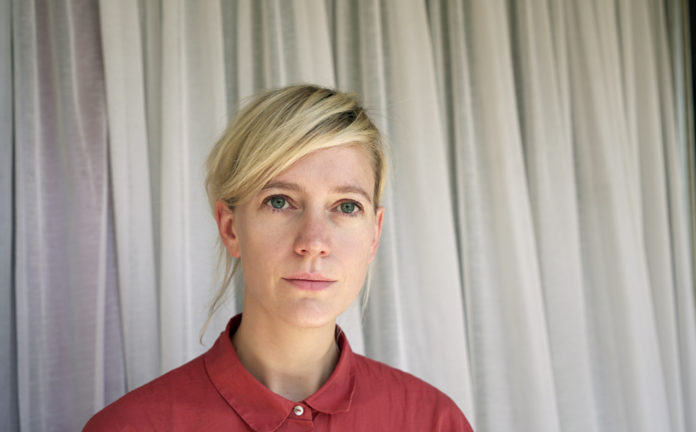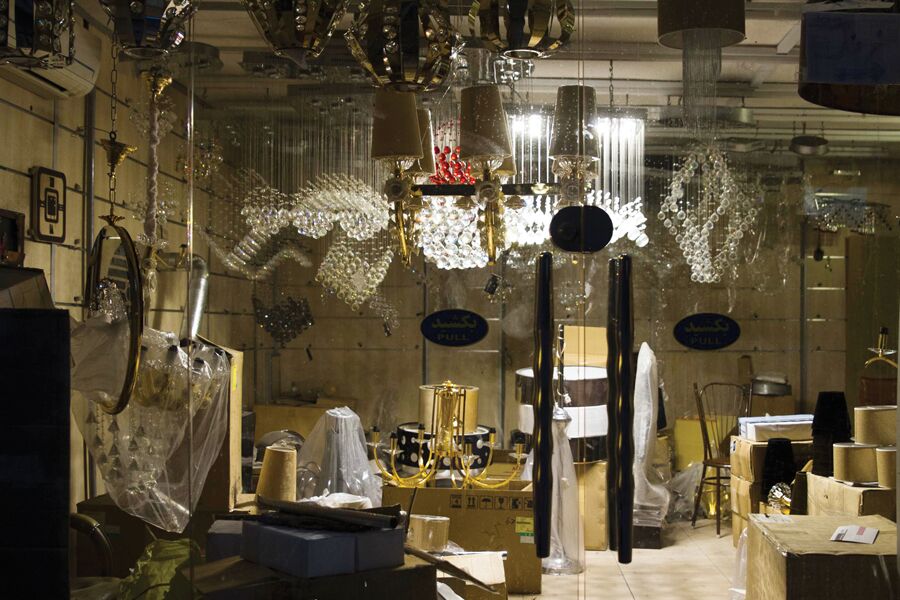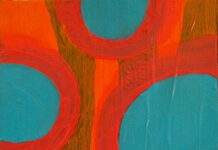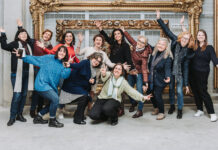
And other Stories – Cultural investigations at the interface between film, art and society
The Austrian artist Marlies Pöschl describes her work as being at the interface between film, visual art and literature. With amateur performers, documentary techniques and fictional elements, she examines a wide range of themes centring on education, communication and the construction of identity.
The artist Marlies Pöschl, who originally comes from Salzburg, moved to Vienna to study at the University of Applied Arts. Since then, she has continued to live in the Austrian capital, where she works on her films, installations, photographs, texts and performances. Her work, at the interface between film, visual art and literature, but also often occupying an intermediate space between documentation and fiction, tackles themes ranging from cultural identity, language, communication, migration and education. A common feature of her filmic work is that the film set is regarded as a social space for interaction, and that making films in itself is taken into account as an artistic process. Pöschl has also spent a lot of time living abroad, in France, China and Iran. She is particularly interested in how communities function, and which utopia form their basis. Marlies Pöschl has an eye for detail, with her outside perspective that has not yet been overlaid with the habitual patterns of everyday life. In this way, she discovers the subjects for her films on site. Her time spent abroad has resulted in several collaborations, such as her current project, “Cinema Cristal”. The idea for the work came to Marlies Pöschl when an architect friend from Teheran took her along the Lalezar street. This street, where there used to be several cinemas, is now filled with illuminations. It is the inspiration for an examination of cinema as a space for remembrance.
How language determines our identity
In one of her first films, “L’Ecole de Simili”, Marlies Pöschl explores the theme of “migration” from two perspectives. First, there are young people from the second generation, who have developed their own slang in order to stand out from the “locals” by means of their language. Secondly, the protagonists of the film are themselves not French by birth, but travel to and fro between various countries. Since dialect reflects one’s membership of a community, the young girls and boys initiate their own language course in order to learn the slang used by the young people in the banlieus. The various dialogues develop a life of their own as the protagonists practice them. While this film is set in Paris and shows young people, who ask themselves what “home” means and who are in search of their identity, the video installation “Practice” looks at another aspect of migration. Here, the action takes place in China, among an ethnic minority, the Uighurs. In this video installation, Marlies Pöschl aims to capture how a “different” culture is represented by the official system, how it is learnt and what roles, what advantages there are or which are borne out. The installation shows rehearsals of a dance troupe in Shanghai practicing a Uighur dance.

Filmic work with impulses, and playing with fiction and reality
When she spends time abroad, Marlies Pöschl immerses herself in foreign cultures, is a curious observer and explores the people and the conditions in which they live in a playful way, making them the subject of her works. In so doing, she likes to use unconventional dramaturgical methods. She has a keen interest in acting and performance. The interaction between the characters and her work with impulses from dance and group exercises plays an important role in some of her works.
In her scripts, she doesn’t give any strict directions, but rather leaves many aspects open. She also likes to work with amateur performers. It is a process of searching that also questions the methods of filmmaking themselves. The results of such research processes are films such as “L’Ecole de Simili”, “The Machine Stops”, or “Sternheim”. At the same time, the film project can also act as a trigger for more far-reaching social interventions, as was the case with “Sternheim”. In an open process, pupils were filmed who were simultaneously thrown into a workshop and casting situation. As a result of this juxtaposition of different tasks and pressure situations, by the end the young performers can no longer recognise the difference between fiction and reality. “Complex”, which was created for the Danube Festival in Krems in 2016, looks at spaces rather than role models or identity constructs of a “foreign” cultural space. How are spaces constructed, and where are their boundaries? Here, half-secret fitness centres from Teheran are shown. Visually, only the rooms are visible, but on the sound level, field recordings are played which bring people into the rooms. With this work, Marlies Pöschl aimed to create spaces where it is not clear whether there is a boundary and if so, where. In Teheran, a clear line is drawn between public and private space, and behind this, there are a large number of further, hidden boundaries. This is something that Marlies Pöschl examines in her installation. In her artistic works, Pöschl takes the viewer on a journey to an unknown world, and shows how communities can function, how identities are put together, and what questions arise during the process. However, language and communication are important themes, which run through several works by the young artist.
Marlies Pöschl
Künstlerin
Filme, Installationen, Fotografien,
Texte & Performances
zwischen Bildender Kunst,
Film & Literatur
www.marliespoeschl.net











